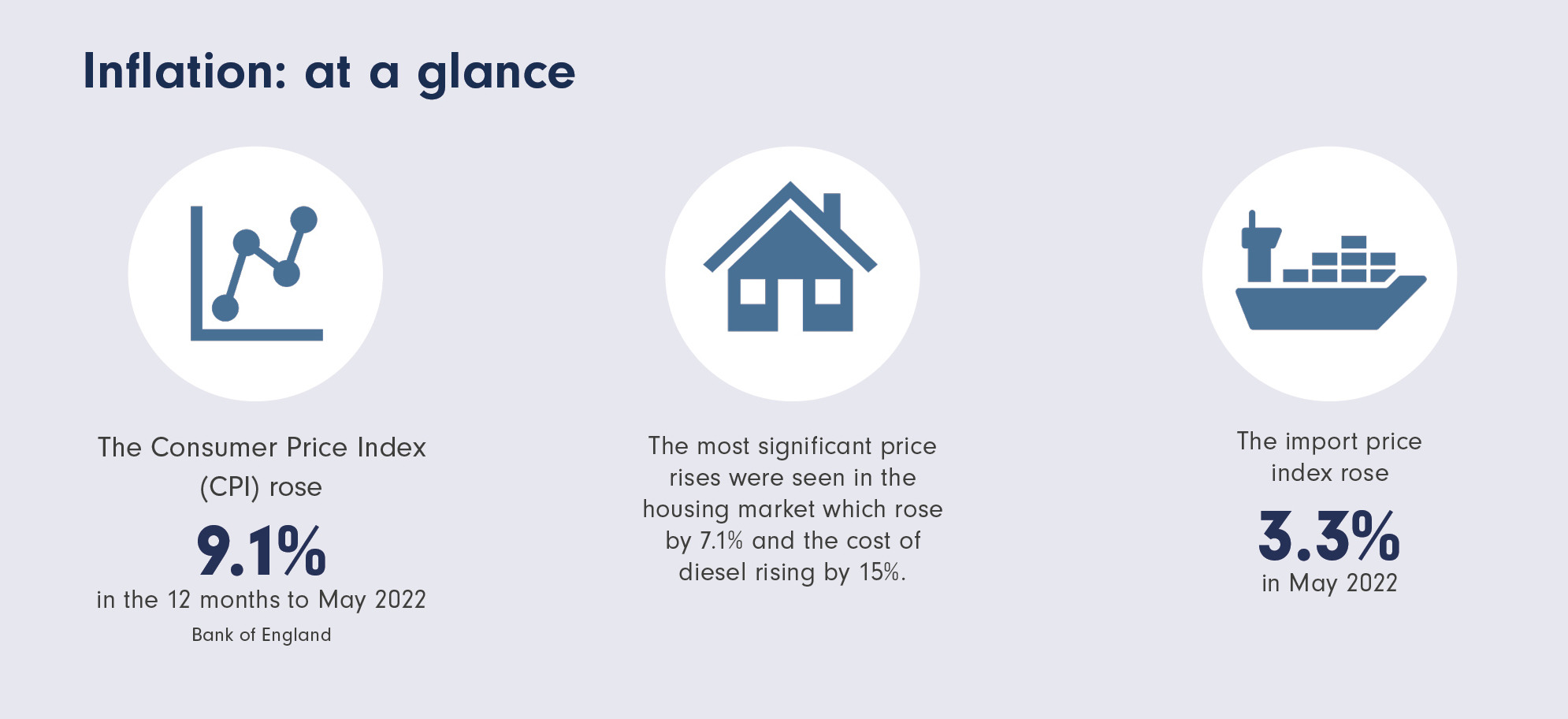As the country is emerging from lockdowns, logistical issues, a shortage of workers, COVID related factory closures and surging consumer demand are among many factors causing huge disruption to global supply chains. Costs have increased by more than 3 times the expected level in the last year (Gottliebsen, R. The Australian).
There are a number of ways you can manage or minimise the impact of inflation in your business.
Put prices up
As the cost base of products and services may have increased significantly, review gross profit on each product/service offered. Some offerings may require significant price increases.
Act immediately and focus on delivery of the message to your customers. Consumers are more open to price rises than you may think. It would be much preferred to pay more for a delivered product/project than get ‘cheapest price’ on an order that is never fulfilled. Consider devoting the same attention to communicating pricing increases as you would with a marketing campaign.
Evaluate your supply chain risk
It is critical to evaluate and understand the key risks in your supply chain. This may include dependency on single or limited suppliers, geopolitical issues, one type of inventory/material representing a large percentage of your cost of sales, or suppliers with long lead times.
To mitigate risk, you may need to consider strategies such as obtaining alternate supply chains/suppliers and stocking up on critical inventory/supply lines with low holding costs before the prices go up.
Again, understanding where your profits are coming from is essential; with scarce resources there may be some offerings that are more important than others to winning short term and long term.
Get Spending Visibility
Business owners and decision makers need to fully understand where money is spent and who is spending it. This will provide accountability throughout the organization and ensure that all decisions are made with the understanding of the impact on the Profit & Loss. This will also enable you to differentiate between strategic and non-strategic spending. Reduce costs, buy smart and conversely keep spending where you must.
Forecasting
In order to make decisions with confidence, every business must be looking ahead. Forecasting and forward planning is critical as this will enable business owners to review their plans and make required changes. This may also reveal the need for borrowing or reallocation of financial resources.
Examine your contracts
Review your terms and conditions with both suppliers and customers. This is particularly applicable for businesses that enter into fixed price contracts to be fulfilled in the future. Do your contracts allow for the passing on of unexpected increases in costs? Consider a review by an experienced lawyer.
Summary
The demand may be strong and opportunities abundant, but increasing costs have the potential to wipe out margins, so much that your bottom line won’t see any benefit from the increase in sales.
This increased risk in business is showing up the importance of having up to date finances, and being able to see within a week or a month what is working and what is not. What has worked for you in the past will not necessarily work in the future.



